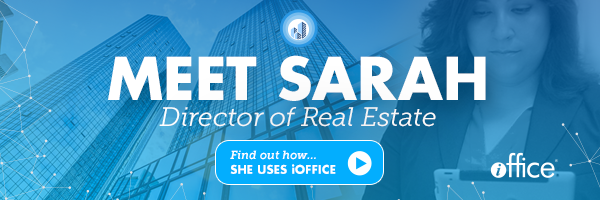5 Key Factors To Look For In Real Estate Management Software


You and your current real estate management provider have been through a lot together.
But recently you’ve realized that you’ve just outgrown the software. It just doesn’t meet your needs as mid-size enterprise anymore. You’re certainly grateful for everything the provider’s done but you know it’s time to move on.
So now you’re back on the market and ready to start a relationship with a new real estate management software provider. Before you settle down and sign a contract, make sure the software has these traits.
Powerful Dashboards
The data CRE directors need can be broken into two categories: lease agreement management and space management. The real estate management software must have analytics dashboards that contain the relevant details for both, which are broken down below:
Lease Agreement Management
- Lease agreement type
- Lease start date
- Lease end date
- Name of tenant(s)/lessee(s)
- Name of landlord
- Renewal options
- Renewal notification requirements
- Termination notification date
Space Management
- Locations, sizes and types of properties being leased
- Square footage by building and by floor
- Total square footage
- Total capacity vs. actual occupancy
- Utilization at building- and portfolio-level
- Forecasted space demands
The solution must offer an easy to read snapshot of each of these details that the CRE director can quickly access on demand.
User Friendliness
The real estate management software provider can’t simply offer a powerful solution. It must offer a powerful, easy-to-use solution.
If the platform is difficult to navigate or non-intuitive or just plain ugly, then the user interface (UI) is clearly an afterthought for the provider. The provider should recognize how much impact the UI has on adoption and make it just as much of a priority as functionality.
SaaS-Based
When you compare on-premise, hosted and software-as-a-service (SaaS) solutions, the latter is leaps and bounds ahead of the others. SaaS solutions are less expensive, require less equipment and personnel, are more easily updated and are less vulnerable to data breaches.
If you’re considering a particular provider’s real estate management software and it’s anything other than SaaS, there’s a good chance it won’t meet your needs.
In-House Software Development
Software providers have two options when it comes to development: use an in-house team or outsource to a third party. Between the two, the former is better.
If the provider outsources its development, you won’t have a direct point of contact when you have questions about enhancements or features. Additionally, the development team at the third-party firm is working with multiple software companies, so the software you’d be using wouldn’t always be their top priority.
Native Mobile App
At the very least, real estate management software must have a web-based, mobile-friendly portal. But ideally the provider should offer a native mobile app.
Native mobile apps are more powerful and offer more features than a browser-based version of the software. Either way, you must be able to use the software from a mobile device. A corporate real estate (CRE) director is rarely at her desk; she needs access to information about the real estate portfolio even when she’s on the other side of the world.
Choosing a real estate management software is not a decision that should be taken lightly. But if you make sure the solution meets each of the five criteria above, you can be confident about taking that leap.
